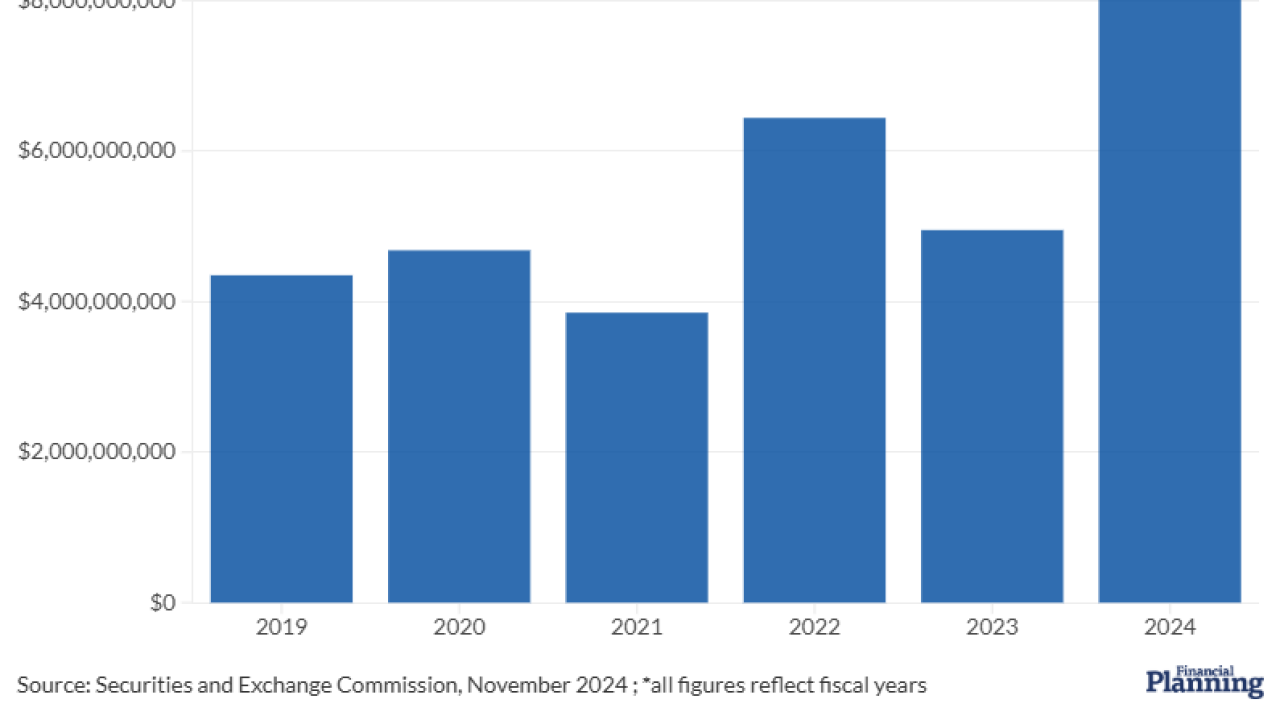Comic books, once the niche domain of superfans, have evolved into an asset class attracting big money, with some rare editions fetching seven figures at auction.
Many successful comic book investors and collectors started out as children who fell in love with the medium.
Matt Nelson is 51 now, but he began collecting in the mid-1980s at around age 12 "and never stopped."
He started with modern comics, then quickly moved into older, vintage editions. His favorite era of comics is the Golden Age, which started with the earliest comic books in the 1930s and continued through the 1940s.
"My primary focus is superhero comics, and more specifically key issues, first appearances and classic covers," he said.

The demand for comic books new and old has skyrocketed due to the incredible success of movies, TV shows and merchandising based on them, said Nelson.
"More people than ever know about comic book characters, and many of them want to own a physical representation of where it all began and where all those wonderful stories emerged," he said. "There's something special about holding in your hands a comic book that first introduced a popular character to the world."
READ MORE:
Today, Nelson is president and primary grader at Certified Guaranty Company (CGC), the largest third-party grading service for comics, trading cards, video games, home video, magazines, concert posters and related collectibles, with more than 20 million collectibles certified since 2000. As it does with all collectibles, CGC employs a
Vincent Zurzolo is president of New York-based
READ MORE:
Passion for comics can translate into serious money. Top comic sales can rival fine art auctions, with record-breaking prices for rare editions.

In 2024, original cover art by Jack Kirby for "Fantastic Four Annual #11" sold for $241,500 on online marketplace ComicConnect, and a signed page from "Strange Tales Annual #2" — a rare collaboration between Kirby and Steve Ditko showcasing Spider-Man and Johnny Storm — sold for $70,150.
The same year, a 6.5-rated "Detective Comics #27" featuring the debut of "the Bat-Man" went for $1.8 million. And a restored "Action Comics #1," graded 9.0 and featuring the first appearance of Superman, broke the record for restored books at nearly $795,000.
Zurzolo said those sorts of figures are out of reach for most investors, "unless your dad was lucky enough to buy them as a kid and passed them on to you." Yet many emerging areas of collecting remain accessible to those whose pockets are not quite as deep, he said.
"If you loved comics as a kid, or if you're plugged into pop culture, this is one investment you can genuinely enjoy," he said. "There's room in the market for everyone. You don't need a big budget to make some solid investments."
"Comics are serious, solid investments," said Zurzolo. "The market is strong and diverse, with comics from various genres and time periods appreciating in value. And when times are uncertain, tangible investments like comic books can be especially appealing. But the most compelling reason to invest: it is super fun."
Proper storage is essential for maintaining value
Storage is a major concern when it comes to comic books. Those manufactured in the 20th century were printed on acidic pulp paper, which can degrade if the books are not properly stored, said Nelson.
Comic books should be stored in a cool, dry place using acid-free backing boards and resealable Mylar or polypropylene bags, said Zurzolo.
Ideally, they'd be stored in a dark location within a temperature of 64 to 72 degrees Fahrenheit, and a 45% to 60% humidity level, said Nelson.
And in some cases, comic books should undergo a deacidification process to halt degradation, he said. Such physical breakdown can manifest in three ways: oxidation, which results in yellowing and fading; hydrolysis, exemplified by brittleness; and the corrosion caused by factors like staple rust.
Determining comic book value: 'raw' versus 'slabbed'
Comics graded by companies like CGC are returned to collectors in a hard plastic case, called a slab.
Nelson said CGC encases each book in a crystal-clear, tamper-evident holder that also contains a label displaying the grade and pertinent information about the book.
"The grade assigned by CGC is critical because it is trusted worldwide and is used to determine the value of the comic," he said.
Zurzolo said the upside of getting a comic graded is that the existing quality will be maintained.
"On the downside, grading costs money, and you may not make it back on a sale," he said. "Before sending comics in to be graded, consider the cost and likely return."
Collectors may find it more lucrative to sell their comic books "raw," or unslabbed and ungraded.
For raw comic books, Nelson said it is recommended to place them in acid-free bags with a strong backing board and securely place them upright in specially designed comic book boxes.
When buying a raw comic, an investor should have some foundational knowledge so they can assess the value themselves, said Nelson. Many collectors will submit raw comics to CGC for certification, which will increase the books' liquidity, he said.
Nelson said comic books are extremely hard to forge, so outright fakes are a "small concern" in the market. (In late 2023,
Restoration and what else to consider
Although counterfeits are rare, investors should be wary of books that are the result of undisclosed restoration, he said.
To say restoration is controversial in the world of comic book collectors and investors is an understatement. (In 2024,
So what is a restored comic book? Generally, one that has been enhanced by processes and added materials to return its appearance to an original state, said Zurzolo.
Some argue that restoration preserves important cultural artifacts, while others deem it unethical to tamper with a book's condition, he said.
"That said, restored comic books are in demand among discerning collectors," he said. "As the prices for unrestored comics increase, so will those for restored copies, but they become more desirable and attainable, as they are more affordable, comparatively speaking anyway."
Rules to collect by
What does it take to be a comic book investor? Start with learning as much as possible about the market, said Zurzolo.
"See what's selling and for how much," he said. "Scope out the trends. Talk to experts. Follow the auctions or attend a comic con."
Knowledge of "blue chip" superheroes, including Superman, Batman, Spider-Man, Iron Man, Captain America, Flash, Green Lantern, the Avengers, Thor, Wonder Woman and X-Men is essential. Over time, key issues featuring these popular characters have appreciated by 25% to 100% in value.
However, expanding beyond the big names can make collectors savvier investors, said Zurzolo. Some heroes from the Golden Age, such as Catman, Black Terror, the Destroyer and Phantom Lady remain popular, although the comics are no longer in print. He said investors should also look beyond superheroes and consider vintage books featuring characters like Little Lulu, Richie Rich, Millie the Model or Mickey Mouse and his Disney colleagues.
After setting a budget, investors should decide whether to invest for the long or short term, said Zurzolo. Long-term investors should select comics that traditionally have shown slow, steady growth — like pre-1985 comic books.
"For short-term investors, watch your timing," he said. "Buy books when they just start to get hot and are poised to sell quickly. The short-term market can be volatile."
For example, Zurzolo said those who bought "Green Lantern #7" — the first appearance of Sinestro — shortly before the 2011 movie came out saw huge profits if they sold quickly. But the movie flopped, so those who waited to sell took a loss.
Issues that feature a character's first appearance or death — or even a popular artist or writer's first publication — are generally better investments, even with low-graded comics, said Zurzolo.
One rising trend is foreign editions of beloved classic comic books with variant covers and storylines, said Zurzolo. Japanese readers were introduced to Superman with a Japanese-language version of the comic book. This "Superman #1" in Japanese, with a CGC grade of 3.5, recently fetched a record price of $6,775
But condition and rarity matter along with content.
"Nothing is set in stone," he said. "New copies do still come to light out of the blue, so rarity can be a moving target."







